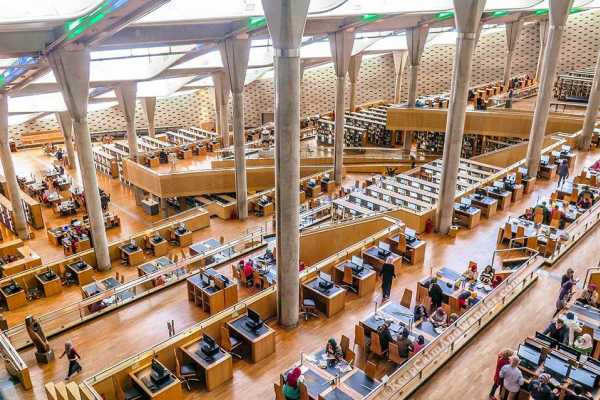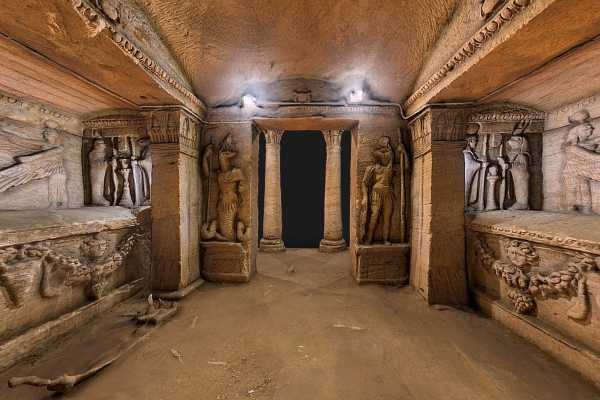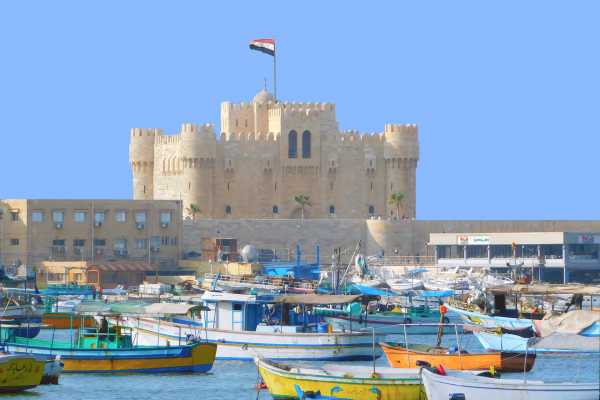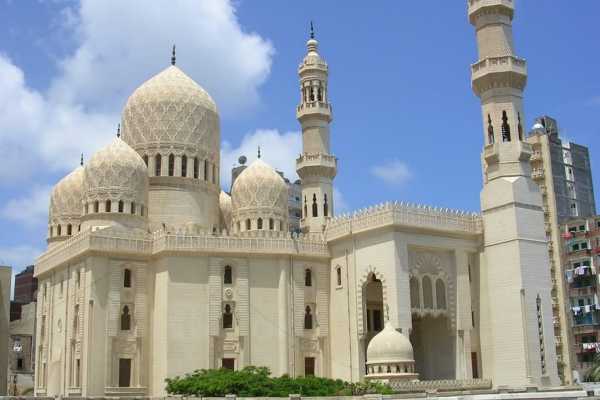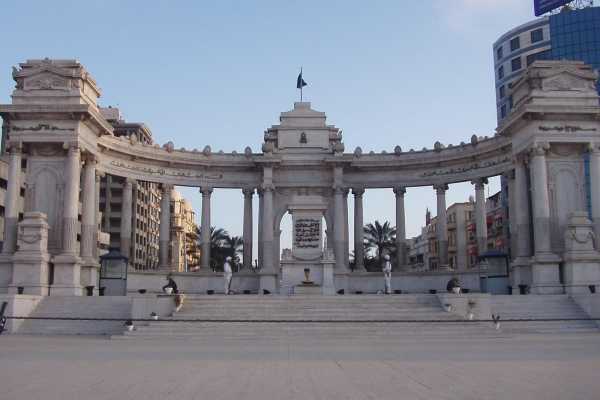Alexandria Attractions
Discover the true essence of Alexandria with Alexandria Attractions, your premier guide to the city's most captivating landmarks and attractions. Immerse yourself in a tapestry of history, culture, and natural beauty that makes this city a coveted destination for travelers.
Step into the past as you wander through the ancient catacombs of Kom El Shoqafa, a necropolis revered for its intricate designs and unique blend of Roman, Greek, and Egyptian influences. Marvel at the majesty of Montaza Palace, nestled amidst beautifully landscaped gardens overlooking the Mediterranean Sea. Its opulent interiors and serene surroundings will transport you to a world of grandeur.
Visit the stunning El-Mursi Abul Abbas Mosque, an architectural gem that serves as a testament to Alexandria's Muslim heritage. Admire its intricate façade adorned with colorful ceramic tiles and witness the spiritual ambiance that pervades this sacred place.
For a truly unforgettable experience, explore the vibrant cultural hub of the Alexandria Opera House, where world-class performances and exhibitions ignite the senses. From opera and ballet to art exhibitions and film screenings, the Alexandria Opera House offers a diverse array of artistic expressions to enthrall visitors.
At Alexandria Attractions, we strive to offer you an enriching journey that encompasses the essence of this captivating city. Uncover its hidden treasures, embrace its vibrant ambiance, and create memories that will last a lifetime.
